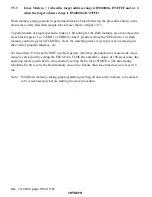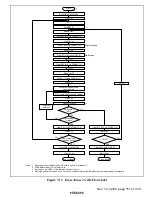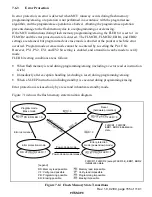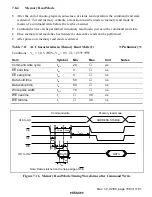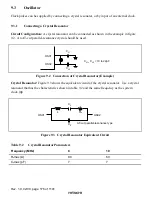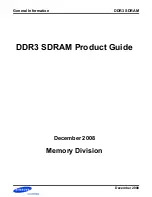
Rev. 1.0, 02/00, page 163 of 1141
CE
FWE
A18 to A0
IO7
OE
WE
t
nxtc
t
wsts
t
spa
t
nxtc
t
ces
t
ds
t
dh
t
wep
t
as
t
pnh
t
pns
t
ah
t
ceh
ADDRESS STABLE
Data transfer
1 byte to 128 bytes
IO6
Programming wait
DATA
IO5 to IO0
H'40
DATA
H'00
t
f
t
r
t
write
(1 to 3,000 ms)
Programming operation
end identification signal
Programming normal end
identification signal
Figure 7.20 Auto-Program Mode Timing Waveforms
Notes on Use of Auto-Program Mode
•
In auto-program mode, 128 bytes are programmed simultaneously. This should be carried out
by executing 128 consecutive byte transfers.
•
A 128-byte data transfer is necessary even when programming fewer than 128 bytes. In this
case, H'FF data must be written to the extra addresses.
•
The lower 8 bits of the transfer address must be H'00 or H'80. If a value other than an effective
address is input, processing will switch to a memory write operation but a write error will be
flagged.
•
Memory address transfer is performed in the second cycle (figure 7.20). Do not perform
transfer after the second cycle.
•
Do not perform a command write during a programming operation.
•
Perform one auto-programming operation for a 128-byte block for each address.
Characteristics are not guaranteed for two or more programming operations.
•
Confirm normal end of auto-programming by checking IO6. Alternatively, status read mode
can also be used for this purpose (IO7 status polling uses the auto-program operation end
identification pin).
•
The status polling IO6 and IO7 pin information is retained until the next command write.
Until the next command write is performed, reading is possible by enabling
&(
and
2(
.


